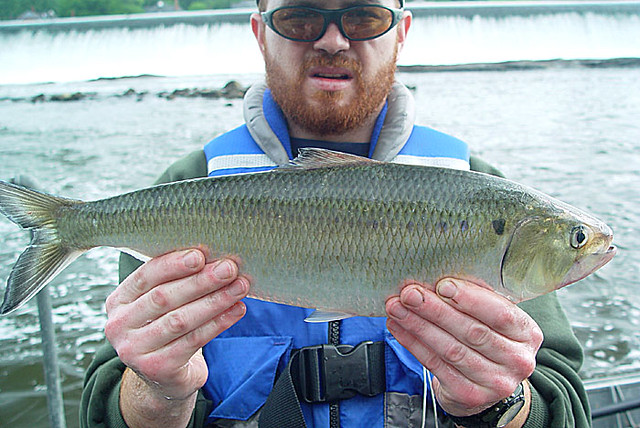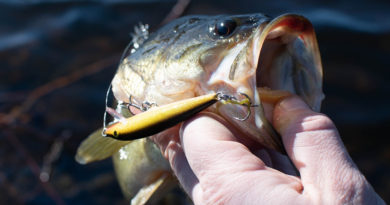Strange Fish You Might Find In The Hudson River
The Hudson River is unique to most waters in the Hudson Valley region as it is an estuary, meaning that it’s a freshwater river that meets up with the ocean. This means at various points along the river the water can be very salty, brackish (a mix of salt and fresh), and then very fresh as you move north. This mix creates an environment rich with diversity when it comes to species of fish that you might encounter.
Not only is the river home to a variety of different fish, but it also hosts many migratory fish that mainly live in the ocean but will migrate up the Hudson River to spawn, most notably, like the Striped Bass.
When fishing and visiting the Hudson River, because of this unique estuary and its tributaries, you might encounter some fish you are not used to seeing. We’ve put together a list of some of the most strange fish you might find in the Hudson River, mainly in the Mid-Hudson Region.
If you saw or caught something different in this area, be sure to let us know by emailing [email protected].
ATLANTIC STURGEON
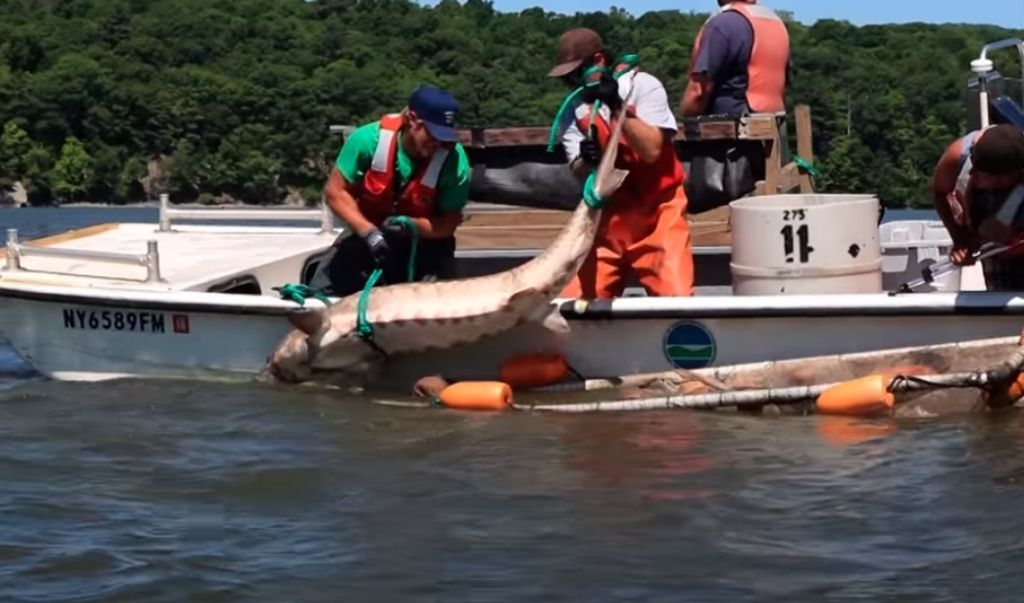
Atlantic Sturgeon is the largest fish found in the Hudson River. The Atlantic Sturgeon is endangered, so fishing for them is illegal. But that doesnt make them any less interesting. The Atlantic Sturgeon is a prehistoric looking fish, with signature looking boney plates called scutes.
If you encounter a live or dead sturgeon in the Hudson River region, notify DEC by calling 845-256-3073 or emailing [email protected].
When reporting, please provide the following information:
- Specify the location of the fish carcass. Please be as specific as possible and provide coordinates, if possible.
- Note the condition of the fish – really rotted or fresh kill.
- Identify any signs of trauma, and if present, where on the fish.
- Estimate the total length of the carcass (measure from nose to tip of upper tail [caudal] fin) or whatever is left of the carcass.
- Describe any external tags found on the fish – usually a yellow streamer at or near the base of the dorsal fin; a second external mark can be a missing left pelvic fin clip.
- Take a photograph of the entire fish and any injury and include a picture of the head and mouth to verify the species.
- Send all information and pictures to the DEC email above.
- Do not handle the fish, leave it where you found it – possession of Atlantic or shortnose sturgeon is prohibited.
GOLDFISH
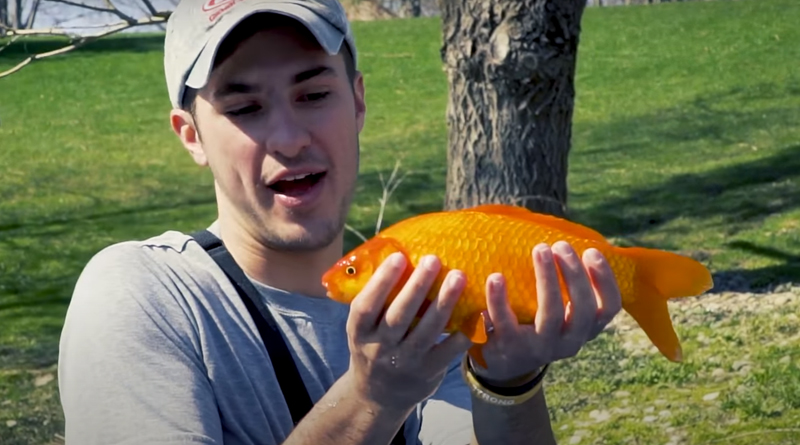
Often viewed as pets, Goldfish are well established in the Hudson River and many other watersheds throughout New York State. They are considered an invasive species, as they are not native to the area. Goldfish are native to China but were introduced to the areas by releasing pets in the lakes and rivers or escaping from bait buckets from anglers who purchase them from pet stores to use as bait. It’s illegal to release your pets in any waters or to use Goldfish as bait in New York State.
HOGCHOKER

Hogchoakers are small flat fish that live on the bottom of the Hudson. They prefer brackish water but can tolerate fresh water. Hogchoakers might resemble flounder and can sometimes be referred to as freshwater flounder, but they are actually part of the sole family rather than flounder.
SHARKS
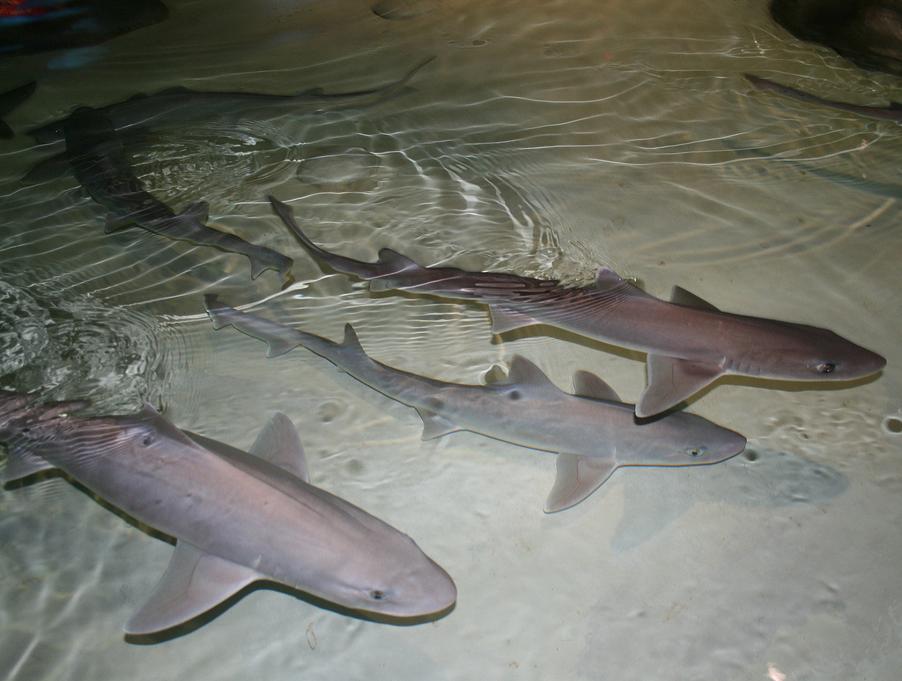
Yes, you read that right. Sharks, while rare, are known to make their way up the Hudson River through the brackish water and in certain scenarios even in freshwater. Bull sharks and Smooth Dogfish sharks are both known to tolerate fresh and brackish water and have been spotted as far north as Hudson, NY area.
Check out the video below of what was determined to be a Smooth Dogfish Shark near Hudson and Athens, NY.
AMERICAN SHAD
Shad is a migratory fish that has a long history in the Hudson River. Shad was long sought after as a food source and was often smoked and their eggs or roe was harvested and consumed as a delicacy. The populations of American Shad have been drastically declining for many years, and so much so that all American Shad fisheries – both commercial and recreational were closed in 2010. Prior to the closure this fish was targeted by netting and using baits such as shad darts and sabiki rigs. An evaluation of the population of American Shad in 2020 showed that the populations are still depleted and targeting the specifies still remains off limited. READ THE REPORT HERE
FRESHWATER DRUM
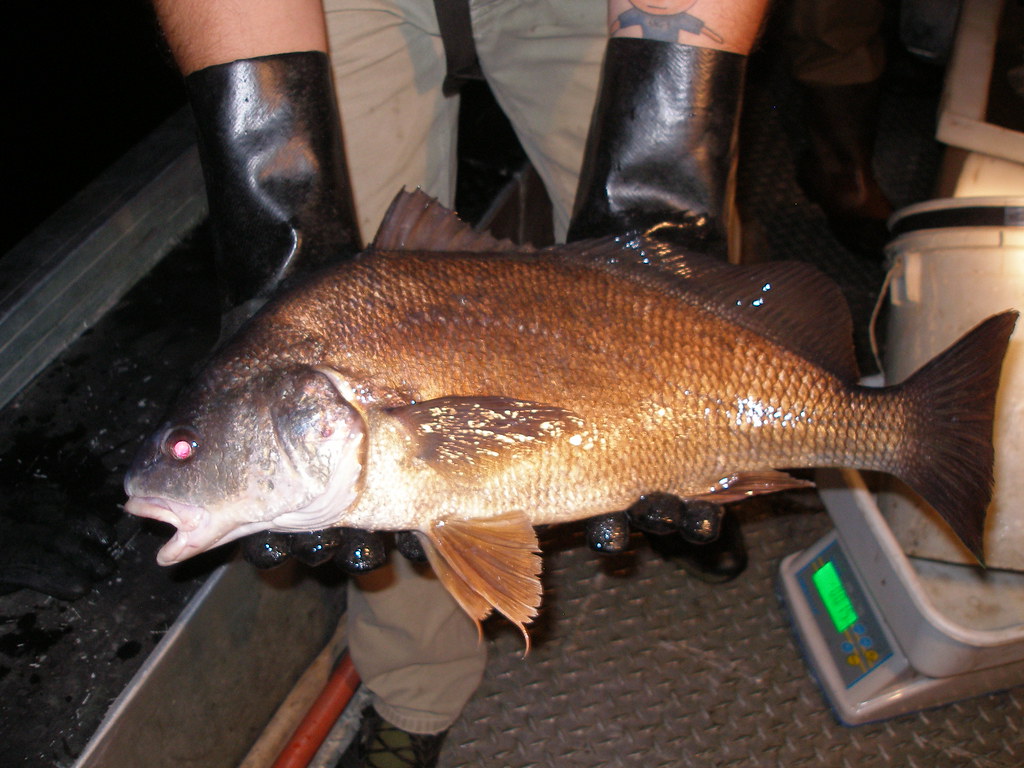
Freshwater Drum is becoming more abundant throughout the Hudson River watershed area. Freshwater Drum sometimes are confused with a carp as they have similar body shapes, but vary widely in coloring.
Freshwater Drum got their name from the drumming or croaking sounds they can make with their swim bladders and surrounding muscles.
Marine, or Saltwater Drums make the southern Hudson River their home. While these fish are related, the Freshwater Drum lives exclusively in freshwater.
Freshwater Drum have become more prevalent over the years as the Zebra Muscle invades the Hudson River Watershed, which is a favorite food of the Drum.
NORTHERN PIKE

Northern Pike are well established in the Northern regions of New York. In the Hudson River, most of the Northern Pike are located north of the Troy dam. In recent years, more and more Northern Pike, Musky, and Tiger Musky have inhabited areas south of the Troy dam with the best fishing from areas around Kingston north.
Pike are often confused with Chain Pickerel, however, Pike can grow MUCH larger than Pickerel and have many other distinctive differences.
AMERICAN EEL
The American Eel is a migratory fish that is usually born in the Atlantic Ocean and then makes it’s way to the freshwater of the Hudson River to live. They are the only freshwater eel in the Western Hemisphere.
When the eels are just born, they are really small and clear – often called Glass Eels. Once they reach the freshwater region of the Hudson River, they start to gain their pigment and grow.
As the fish mature, they grow darker in color especially before they return to the Atlantic Ocean to spawn.
American Eels are also very hardy fish tolerating both fresh and saltwater, and very dirty and polluted areas. Eels can grow up to 3 feet in length, although the average Eel that you would catch would range between 12 and 20 inches.
RUDD
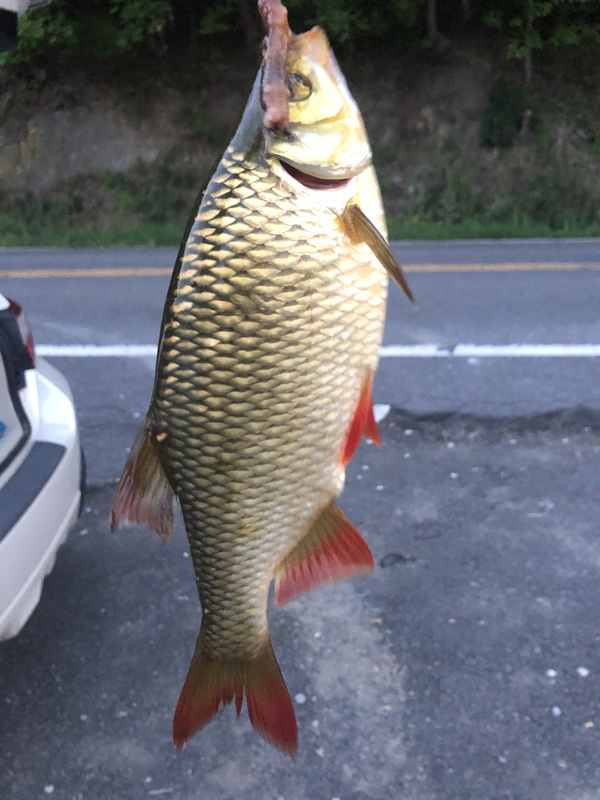
Chances are when you first see a Rudd, you think — oh, look at that huge Golden Shiner. Rudd are most often confused with Golden Shiners, however, they can grow much larger than shiners can.
They are easily identified with their bright red fins and darker golden color. Rudd are an invasive species and can enter bodies of water and mate and hybridize with Golden Shiners – which the impacts are still unknown.
Rudd can feed on insects, small fish, and vegetation.
These are just some of the unique fish that you might encounter while fishing in the Hudson River. With over 200 different species that call the Hudson River home — you might find some even more rare and unexpected fish at the end of your line. If you do – reach out to us and let us know at [email protected].
Last Updated on November 13, 2021 by Fish HV Contributors

